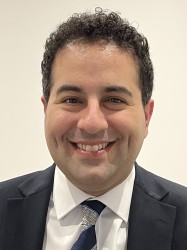BibTex format
@article{Nathwani:2019,
author = {Nathwani, R and Mullish, BH and Kockerling, D and Forlano, R and Manousou, P and Dhar, A},
journal = {European Medical Journal Gastroenterology},
pages = {105--116},
title = {A review of liver fibrosis and emerging therapies},
url = {https://www.emjreviews.com/hepatology/article/a-review-of-liver-fibrosis-and-emerging-therapies/},
volume = {4},
year = {2019}
}

